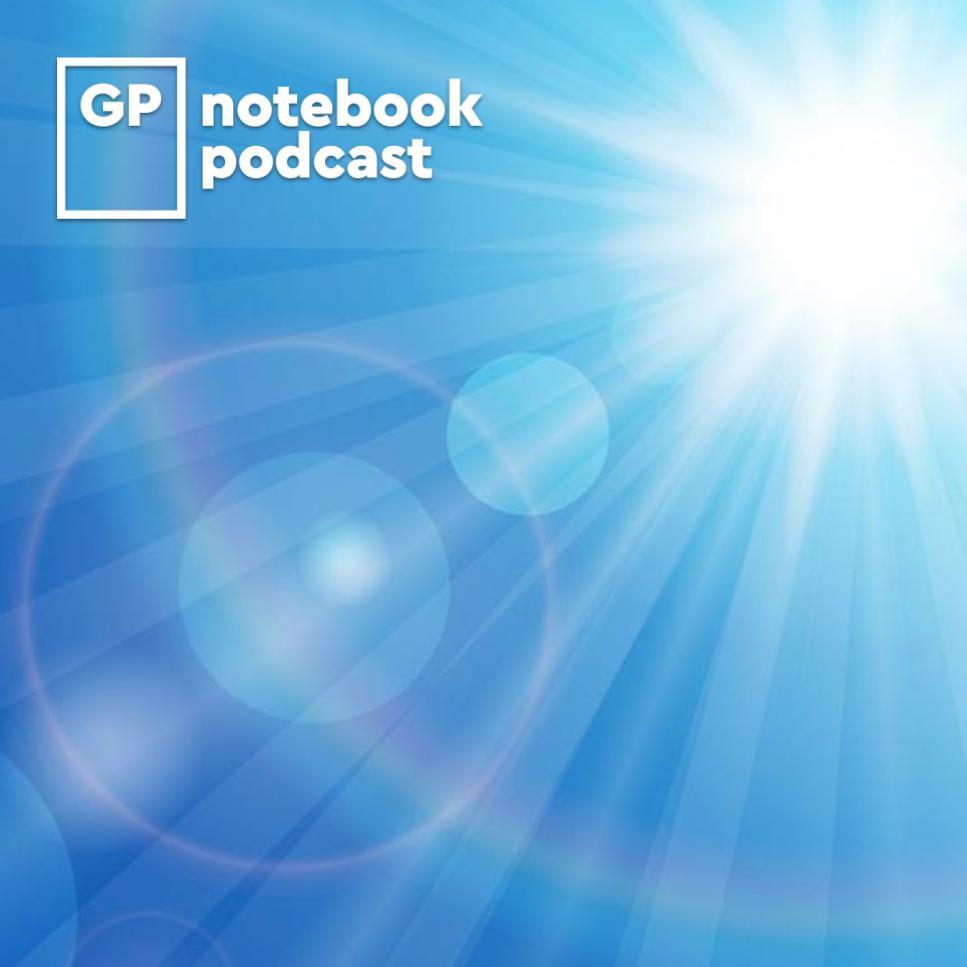Vitamin D is a fat-soluble vitamin that is essential for human health. It regulates calcium and phosphate homeostasis and is therefore vital for musculoskeletal functioning. In the UK, up to 50% of the adult population may be vitamin D insufficient following the winter months, with one in six being severely deficient. In this podcast, Dr Roger Henderson looks at who is most at risk of vitamin D deficiency, how it should be diagnosed, what treatment options are available and why unlicensed vitamin D preparations should not be recommended.
Key references and resources
- NICE, Clinical Knowledge Summaries. Vitamin D deficiency in adults. January 2022.
- Vitamin D. 3 August 2020.
- Royal Osteoporosis Society. Vitamin D for bones. March 2022.
- Evidently Cochrane. Vitamin D supplements in pregnancy: what’s the latest evidence? 6 January 2022.
Key take-home points
- Vitamin D regulates calcium and phosphate homeostasis and is therefore vital for musculoskeletal health.
- The majority (80–90%) of vitamin D is synthesised in the skin in the presence of sunlight, with the remainder sourced from our diet.
- At latitudes above 40 degrees north, because of the lack of sufficient sunlight, vitamin D supplementation is vital.
- In the UK, there is insufficient ultraviolet light B from October to March for our skin to manufacture enough vitamin D.
- In the UK spring, up to 50% of the population are vitamin D insufficient and 16% are severely deficient.
- Most people with insufficient vitamin D are asymptomatic.
- Common symptoms seen in practice include muscle pain (this can mimic fibromyalgia), weakness and fatigue.
- People at high risk include older people, pregnant and lactating women, people with skin of colour, vegans, those in care homes and those on drugs such as steroids and antiepileptics.
- Routine testing of vitamin D levels is not recommended and is generally unnecessary to make the diagnosis.
- If testing vitamin D levels, know how to act on the results. If levels are >50 nmol/L, maintain through safe sun exposure and diet. If 25–50 nmol/L, treat if the patient has certain risk factors as above and maintain vitamin D through daily supplementation at a 400 international units (IU) dosage. If below 25 nmol/L, correct rapidly if symptoms of vitamin D deficiency are present and consider referral for treatment with potent antiresorptive agents. Give approximately 300,000 IU vitamin D3 orally in divided doses over 6–10 weeks. Start life-long maintenance dosing of 800 IU daily, 4 weeks after the loading dose.
- Check plasma-adjusted calcium 1 month after treating with loading doses of vitamin D.
- Whenever possible, use licensed medicine. Generic prescribing may mean an unlicensed preparation is dispensed.
Create an account to add page annotations
Add information to this page that would be handy to have on hand during a consultation, such as a web address or phone number. This information will always be displayed when you visit this page
